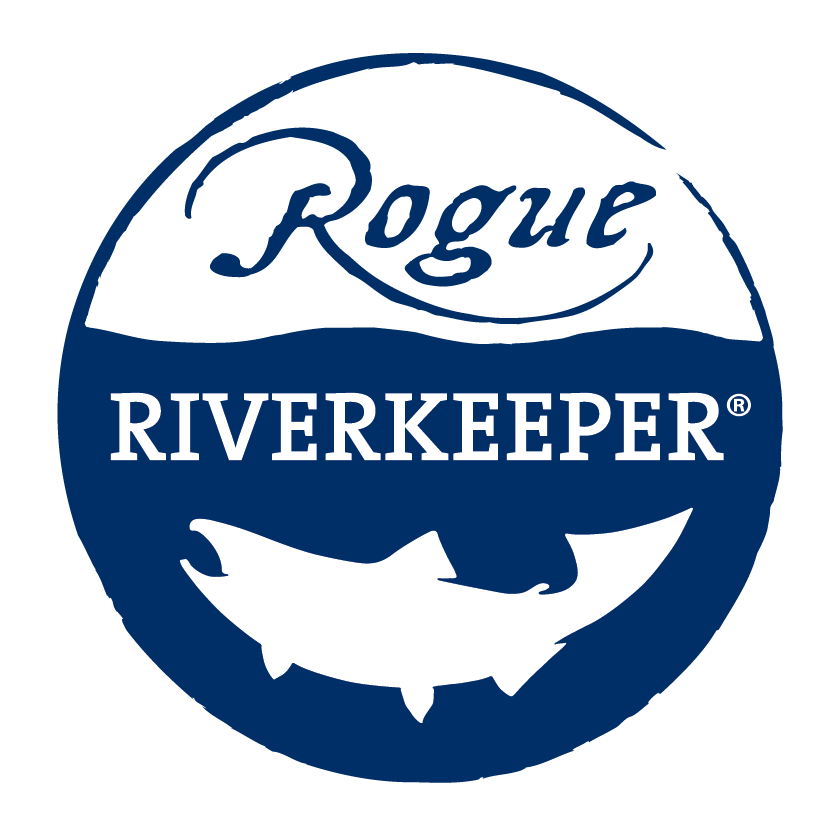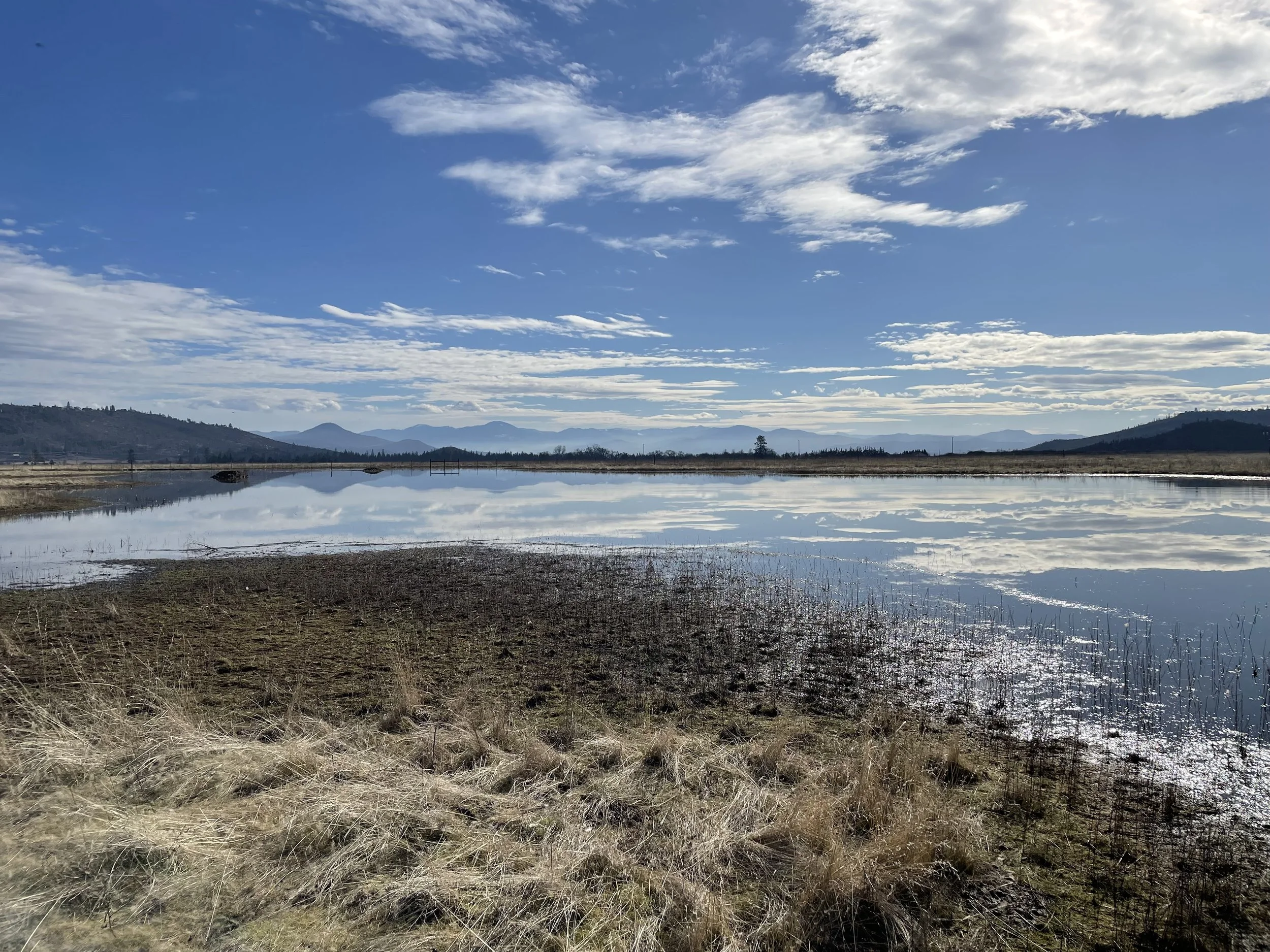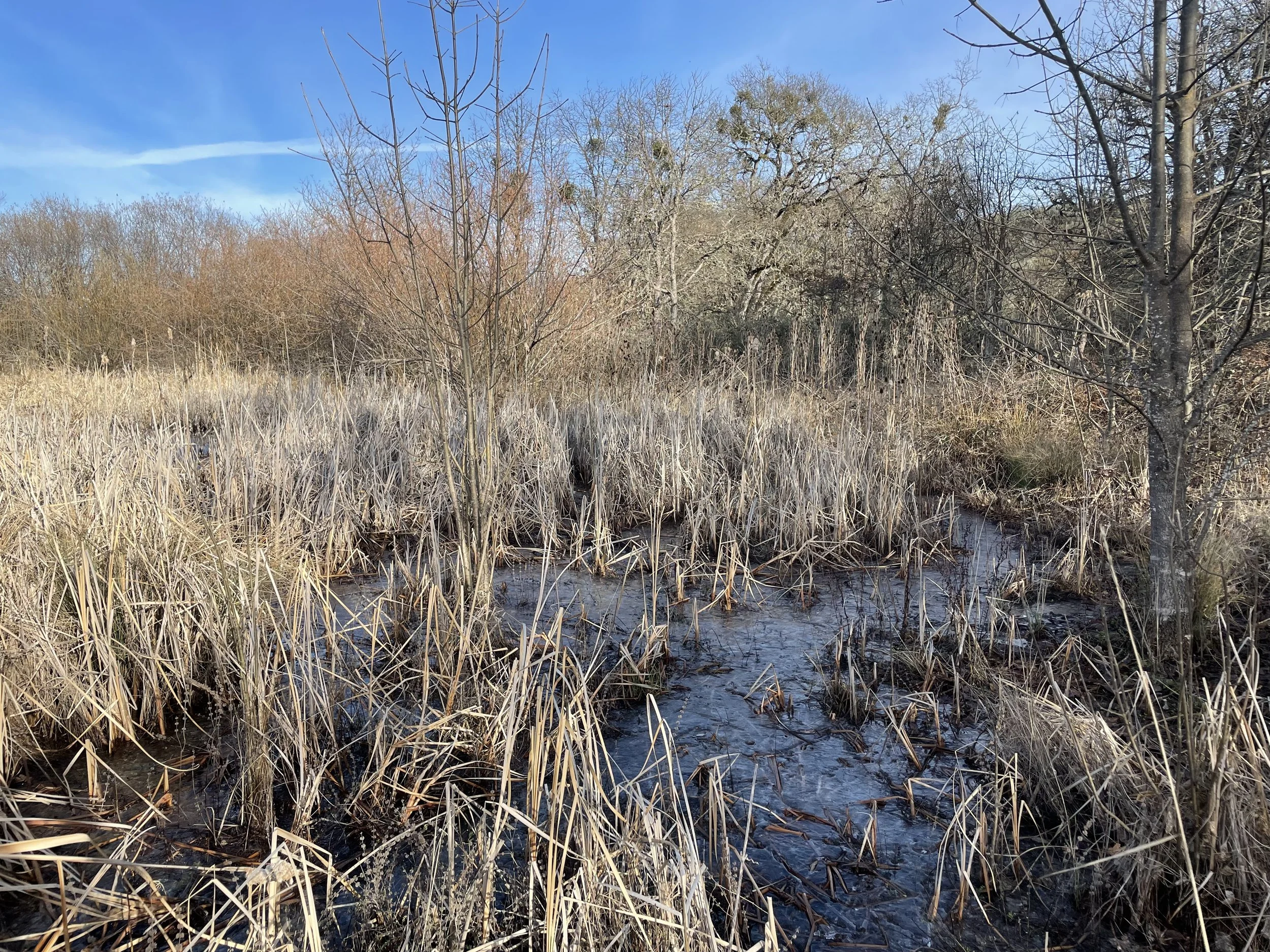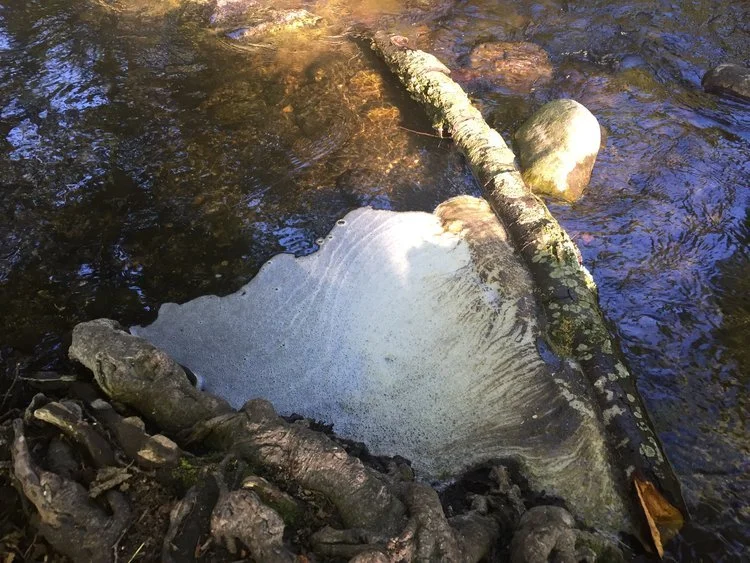In the heart of southern Oregon near the Bear Creek Greenway, a much-needed victory has taken place. Learn more about Blue Heron Creek here.
Read MoreLast week the House Democrats introduced the Clean Water Act of 2023 and we find ourselves at a crucial crossroads for our rivers and water bodies nationwide. Learn more about the CWA of 2023 and what its updates could mean in this blog.
Read MoreOur 2023 Water Quality Monitoring Program concluded in September. The results? Mostly optimistic! We tested various waterways and recreational spots for E. coli, Oregon's standard for water contact safety, and you can see the results here.
Read MoreLast month, Oregon wrapped up its legislative session, and there are updates to a number of bills Rogue Riverkeeper has been tracking. Here are the final updates on several pieces of legislation we think you should know about.
Read MoreThis year, we celebrate #ACT50 as a collective call to unite in the fight for clean water. Working together, we can ensure that water is drinkable, fishable, and swimmable by enforcing laws, holding polluters accountable, and empowering citizens.
Read MoreLearn more about the Rogue Riverkeeper monitoring program with our latest blog including Frequently Asked Questions about the sampling we do.
Read MoreUnderground water is critical, yet it is less visible making it easy to alter or damage through earth work and development. Citizen monitoring and involvement in the local planning process is critical to protect these smaller and little noticed water resources.
Read MoreHave you seen evidence of pollution in our waterways? Rogue Riverkeeper is frequently contacted by members of the public about possible water pollution in our rivers and streams. Aquatic wildlife and your fellow community members rely on you to report pollution when you see it so the proper authorities can put a stop to it.
It’s fall and the salmon are coming home.
Each year at this time, Chinook salmon make their way from the Pacific Ocean up the Rogue River and back to the very place they were born. The anadromous salmon is born in fresh water and then makes its way to the ocean where it lives for several years feeding before returning to its home waters. Once back in its birthplace, the fish spawn and then die, returning their bodies as nutrients to the water and land.
Read More








